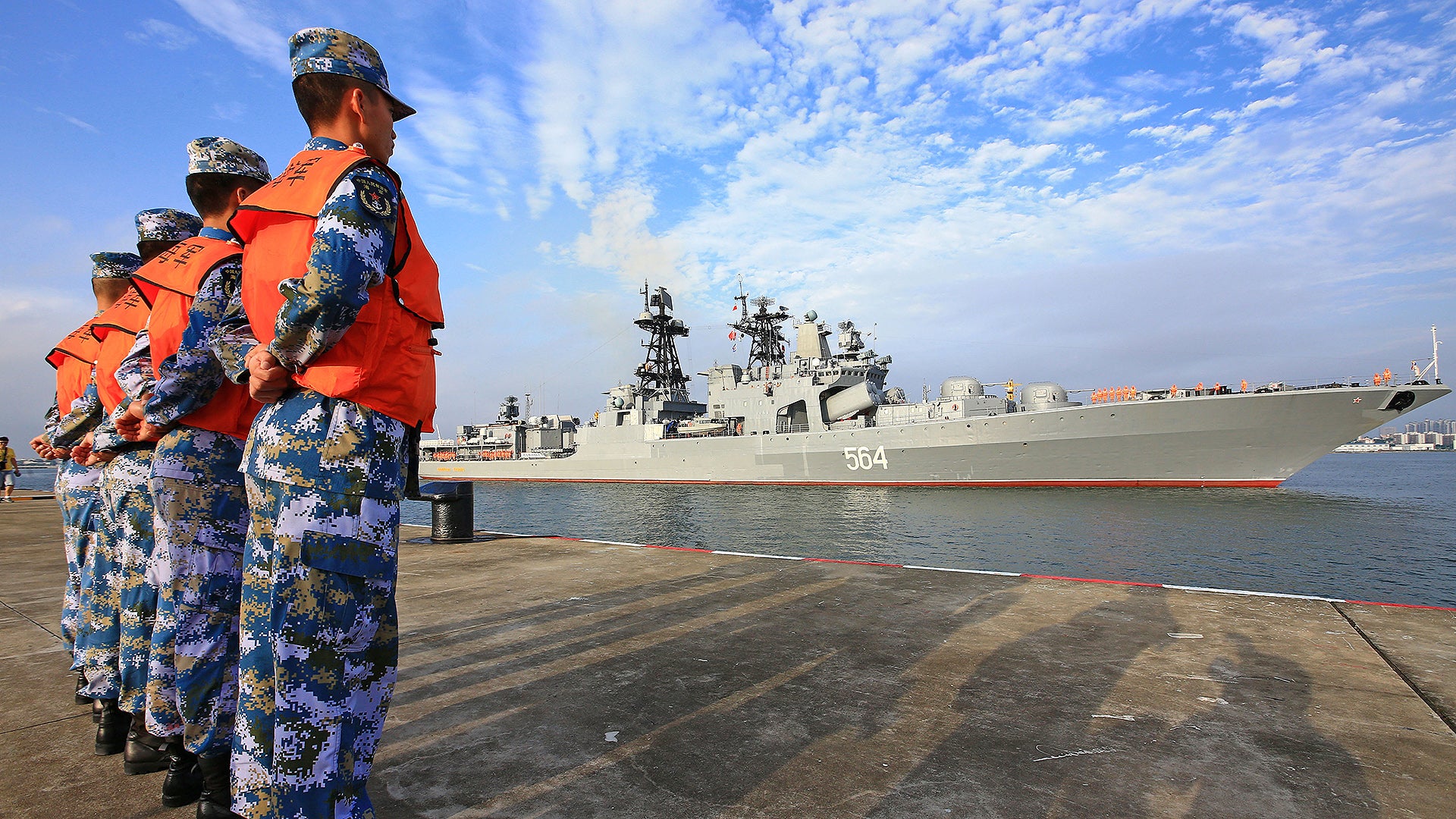In recent years, Beijing and Moscow have grown increasingly close militarily, often running cooperative drills alongside one another. But these latest naval exercises see Moscow and Beijing operating in the highly disputed South China Sea, and practicing a set of tactics that certainly are concerning—those related to using amphibious forces to jointly seize small islands.
On Monday, a flotilla of half-a-dozen Russian ships entered the Chinese port of Zhanjang, where they rendezvoused with their Chinese counterparts before heading into the highly volatile South China Sea for exercise Joint Sea 2016. The date of the exercise is symbolic, occurring on the 20th anniversary of the two allies establishing strategic cooperation, according to a Chinese government press release. This is the sixth cooperative naval drill between the two countries in half a decade.
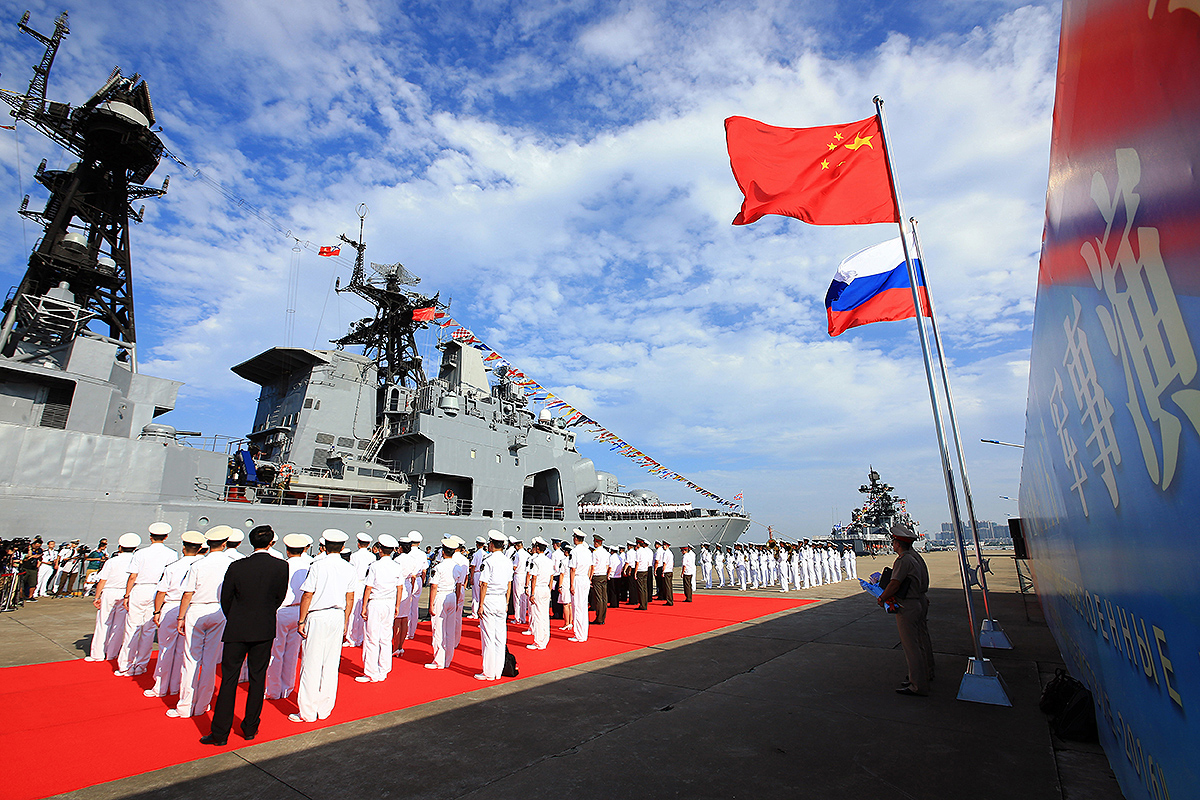
Russia’s commitment to the exercise includes a quartet of combat ships, two supply ships, and pair of helicopters. In addition, 96 Russian marines and their armor will also be used in the exercise. China, the “home team” host of the event, has committed a larger force: 10 ships of all types including submarines, around 20 aircraft, and 160 marines and their armor. Beyond the island-seizing portion of the exercise, Joint Sea 2016 will also include anti-submarine warfare, ship boarding, anti-piracy, and air defense maneuvers, as well as live weapons firings.
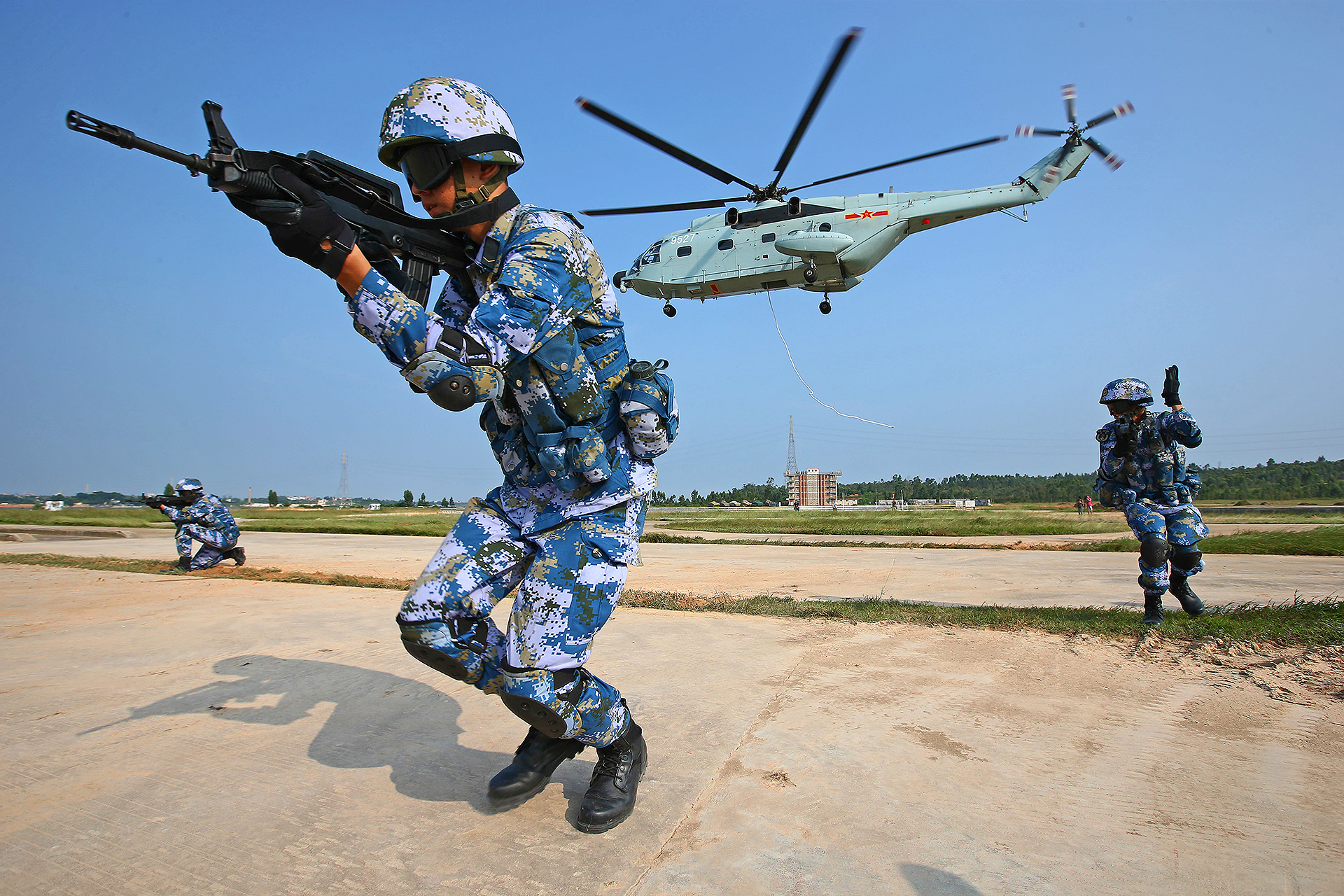
The relatively small size of the force seems tailor-fitted for taking small islands, similar to those that are disputed in the South China Sea and East China Sea. Not all amphibious operations are alike, and training for this specific type of operation, with its unique set of issues, makes sense—while also being a somewhat ominous sign to other powers in the region, including the United States. The training is said to focus on fostering seamless integration of Chinese and Russian forces from a command and control level on down to individual soldiers from both nations fighting alongside one other.
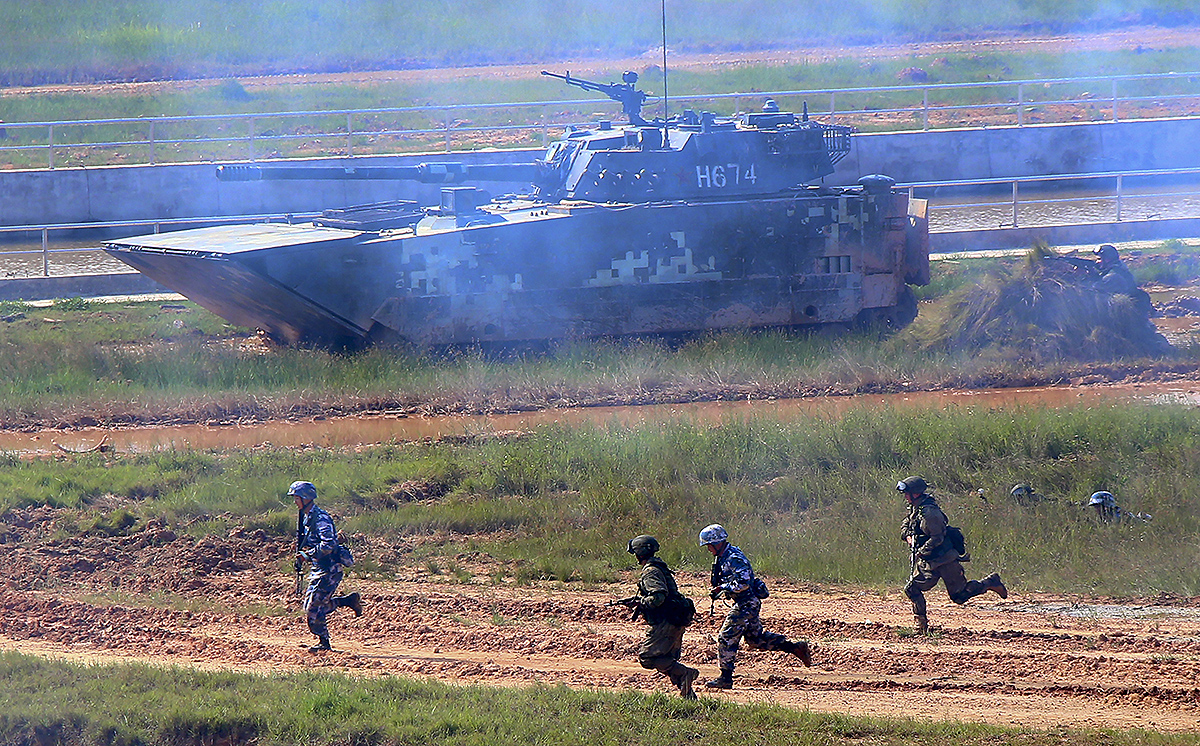
Interestingly enough, just this week U.S. Marines are training to seize existing island airfields and holding and defending those airfields for their own use as part of Valiant Shield 2016. This includes all the logistics that go into setting up operations at an austere and isolated island locale.
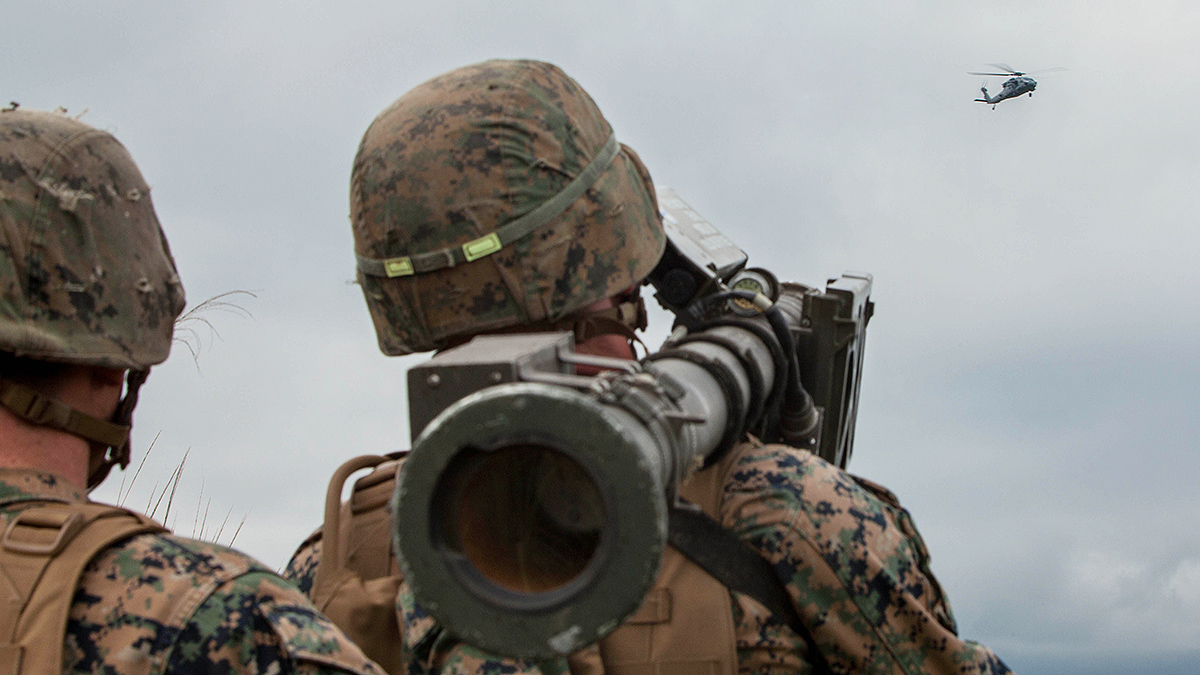
This all comes as the entire region is on edge after reports that China has moved assets nearby Scarborough Shoal, with some claiming that another Chinese island-building project appears to be imminent at that pivotal locale. Scarborough Shoal sits just from 125 miles from Subic Bay, The Philippines, and the U.S. military assets that are increasingly being deployed there. Scarborough Shoal would offer China a strategic bookend in the eastern part of the South China Sea to its other island outposts in the region.
The Philippines have their own claims on the shoal, as does China’s nemesis, Taiwan, and if China moves to fully occupy Scarborough Shoal and begins expanding and developing it using invasive means, it could become a flashpoint in what is already a very tense part of the world.
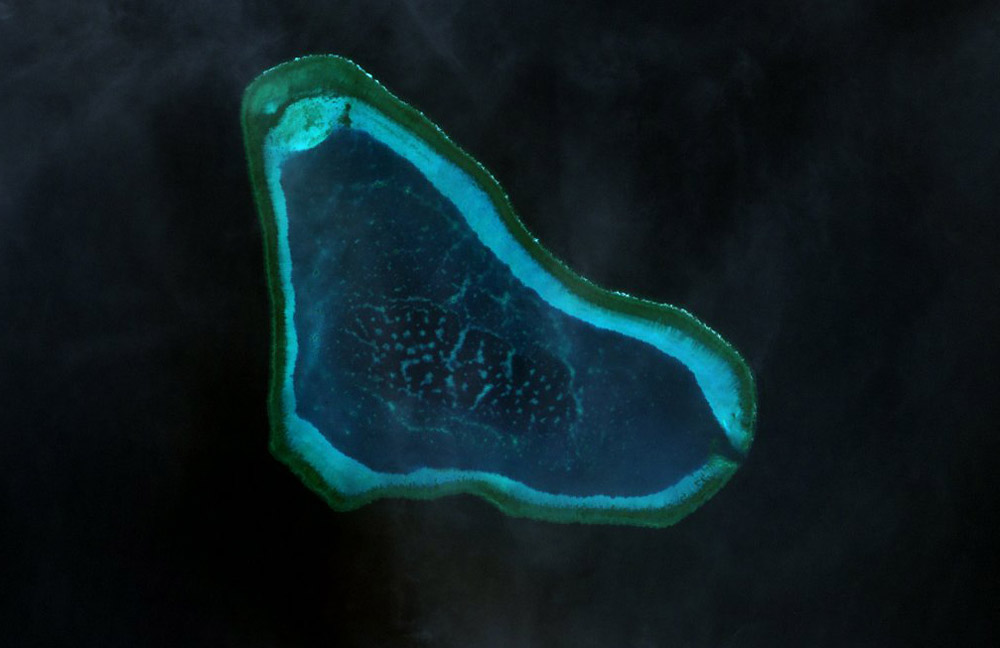
Any move on the Scarborough Shoal by the Chinese would directly violate the July 12th, 2016 ruling by Permanent Court of Arbitration in The Hague that clearly stated The Philippines’ claim on Scarborough Shoal was valid, and that China’s claim was hollow under international law. China has fully rejected the Hague’s ruling on its territorial claims and island building projects in the South China Sea, and has stated that it will basically do what it wants in the region, regardless of international law.
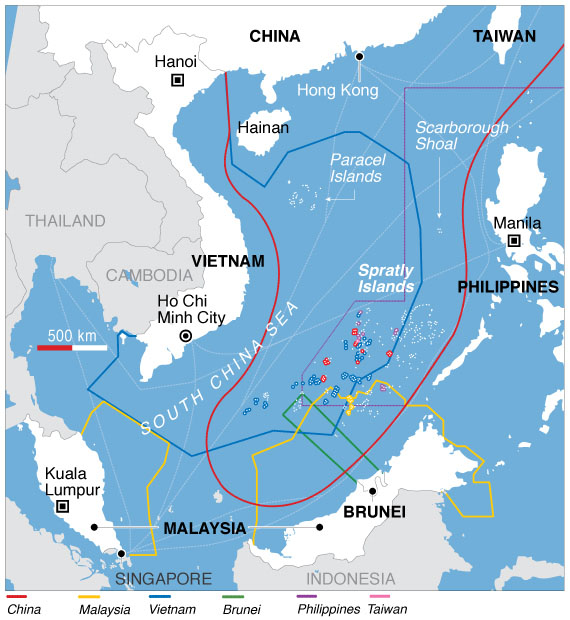
Meanwhile, The Philippines’ “colorful” new president, Rodrigo Duterte, has stated that he would ride to Scarborough Shoal on a jet ski to plant the country’s flag himself. So far, attempts by some to do just that have been blocked by Chinese maritime forces, and Duterte had taken a far more cautious tone on these issues since settling into office.
Then, just yesterday, this tone seemed to switch again, with Duterte seemingly courting alliances with China and Russia, snubbing what was a resurgent and increasingly productive U.S.-Philippine military alliance. If this change in The Philippines geopolitical direction continues to align away from Washington, it could result in a major strategic shift in the region—one that will not be beneficial to the United States.

It will be interesting to see if Russia plans on interjecting itself more heavily into the South China Sea dispute, possibly in a similar fashion to its operations in Syria—although at this time it would not include actual combat operations. Doing so would see Moscow at geopolitical odds with the US once again, and it would help give China’s island-building strategy and claims on basically the entirety of one of the world’s largest shipping arteries (and its natural resources) more international support. It would also severely complicate what is already a complicated situation for the U.S.
Contact the author: Tyler@thedrive.com
